Home>Garden Essentials>How To Get Sunflower Seeds From A Sunflower
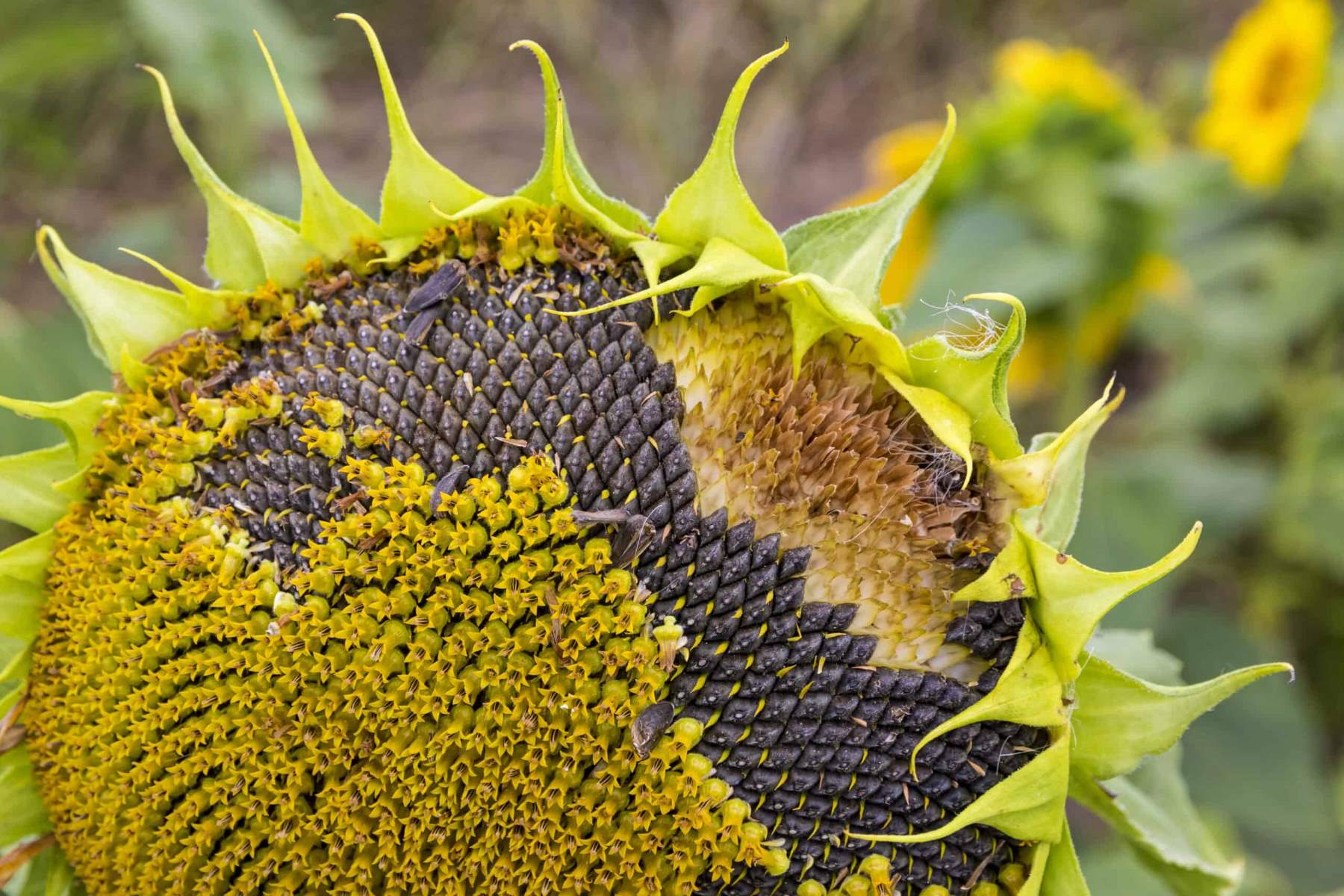

Garden Essentials
How To Get Sunflower Seeds From A Sunflower
Modified: March 24, 2024
Learn how to get sunflower seeds from a sunflower in your garden with our helpful guide. Discover the best techniques for harvesting sunflower seeds and enjoy a bountiful harvest.
(Many of the links in this article redirect to a specific reviewed product. Your purchase of these products through affiliate links helps to generate commission for Storables.com, at no extra cost. Learn more)
Introduction
When it comes to garden favorites, sunflowers are often at the top of the list. With their vibrant blooms and tall, sturdy stalks, they add a touch of beauty and charm to any garden. But did you know that sunflowers also offer a delightful treat in the form of their seeds?
Sunflower seeds are not only delicious and nutritious, but they also make for the perfect snack or a great addition to salads, baked goods, and other recipes. If you’ve ever wondered how to get sunflower seeds from a sunflower, you’ve come to the right place. In this article, we will guide you through the process, step by step.
So, grab your gardening gloves and let’s start harvesting those sunflower seeds!
Key Takeaways:
- Harvesting sunflower seeds is a fun and rewarding process. Choose a mature sunflower, dry the head, and gently remove the seeds for a delicious and nutritious treat!
- Enjoy the fruits of your labor by snacking on sunflower seeds or adding them to your favorite recipes. With proper harvesting and storage, you can savor the flavors of your garden all year round!
Read more: How To Make Sunflower Seeds From A Sunflower
Step 1: Selecting the right sunflower
The first step in getting sunflower seeds is selecting the right sunflower plant to harvest from. Not all sunflowers will produce seeds suitable for consumption, so it’s important to choose the right variety.
When selecting a sunflower plant, look for one that has fully bloomed and developed its seeds. The petals of the sunflower should have wilted and fallen off, and the back of the flower head should have turned brown or yellow. This indicates that the seeds have matured and are ready for harvesting.
It’s also worth noting that there are different types of sunflowers, each varying in size and seed production. If your main goal is to get as many seeds as possible, consider choosing a variety known for its abundant seed production, such as the Mammoth or Russian Giant sunflowers.
Additionally, some sunflower varieties are bred specifically for their edible seeds, which are typically larger, plumper, and easier to shell. These options can be a great choice if you’re planning to eat the seeds straight from the plant.
Once you’ve identified a suitable sunflower plant, it’s time to move on to the next step: harvesting the sunflower.
Step 2: Harvesting the sunflower
Now that you’ve selected the perfect sunflower for harvesting seeds, it’s time to carefully harvest the sunflower head. The best time to do this is when the back of the flower head has turned brown or yellow, indicating that the seeds are ready for harvesting.
To harvest the sunflower head, you’ll need a pair of garden shears or sharp scissors. Cut the stem about 4 to 6 inches below the flower head, ensuring that you leave enough room for handling and hanging.
Be gentle when cutting the stem to avoid damaging the flower head or losing any mature seeds. It’s also a good idea to wear gloves during this process to protect your hands from any prickly or rough parts of the sunflower plant.
Once you’ve cut the sunflower head, carefully carry it to a dry, well-ventilated area where you can hang it up for drying. This leads us to the next step: drying the sunflower head.
Step 3: Drying the sunflower head
After harvesting the sunflower head, it’s time to dry it out. Drying is an essential step in the process of getting sunflower seeds, as it helps to remove excess moisture from the seeds and preserves their quality for longer storage.
To dry the sunflower head, find a well-ventilated area, such as a garage, shed, or covered porch. Hang the sunflower head upside down by its stem, using a string or twine. Make sure to choose a location where the sunflower head won’t be exposed to direct sunlight or high humidity, as this can affect the drying process.
Allow the sunflower head to hang and dry for about two to three weeks. During this time, the seeds will continue to mature and dry out, making them easier to remove later on.
It’s important to keep an eye on the drying process, checking regularly for any signs of mold or rot. If you notice any mold or dampness, it’s best to discard the sunflower head to avoid spoiling the seeds.
Once the sunflower head is completely dry and the seeds feel firm and dry to the touch, it’s time to move on to the next step: removing the sunflower seeds.
After the sunflower has finished blooming, wait for the back of the flower head to turn brown and the seeds to plump up. Then, cut the head off and hang it upside down in a dry, well-ventilated area to let the seeds dry out. Once dry, rub the seeds out of the head and store them in a cool, dry place.
Step 4: Removing the sunflower seeds
Now that the sunflower head is thoroughly dry, it’s time to remove the sunflower seeds. This step requires a bit of patience and finesse, but with the right technique, you’ll be able to easily extract the seeds.
Start by laying a clean cloth or large tray on a flat surface to catch the seeds as they fall. Hold the sunflower head firmly in one hand and use your other hand to gently rub or twist the back of the flower head. Apply light pressure to release the seeds from their nestled positions.
As you rub or twist, you’ll start to notice the seeds becoming loose and falling out of the sunflower head. Continue this motion until all the seeds have been released and collected on the cloth or tray below.
Some seeds may still be attached to the flower head or stuck inside the crevices. To remove these stubborn seeds, you can use your fingers or a small brush to carefully dislodge them. Take your time and be gentle to avoid damaging the seeds.
Once you’ve removed all the seeds from the sunflower head, it’s time to move on to the final step: cleaning and storing the sunflower seeds.
Step 5: Cleaning and storing the sunflower seeds
Now that you have successfully harvested the sunflower seeds, it’s important to properly clean and store them to ensure their longevity and quality.
Start by removing any remaining debris, such as pieces of the sunflower head or small twigs, from the seeds. You can do this by gently sifting through them with your fingers or using a fine mesh sieve. Discard any damaged or discolored seeds.
Next, give the sunflower seeds a quick rinse under cool water to remove any dust or residue. Be careful not to soak the seeds or expose them to excessive moisture, as this can lead to mold or spoilage.
After rinsing, spread the seeds in a single layer on a clean towel or a flat surface lined with parchment paper. Allow the seeds to air dry completely for a day or two. This will ensure that any remaining moisture evaporates.
Once the seeds are completely dry, transfer them to an airtight container, such as a glass jar or a resealable plastic bag. It’s important to store the seeds in a cool, dry place, away from direct sunlight and humidity. This will help maintain their freshness and prevent them from becoming rancid.
If you’re planning to use the sunflower seeds within a few months, storing them at room temperature should be sufficient. However, if you want to extend their shelf life, you can store them in the refrigerator or freezer. Just make sure to label the container with the date of storage.
Remember to periodically check the stored seeds for any signs of spoilage or insect infestation. If you notice any off smells or discoloration, it’s best to discard the affected seeds.
Now that you have a stash of delicious sunflower seeds, you can enjoy them on their own as a healthy snack, or incorporate them into your favorite recipes. Experiment with roasting, seasoning, or grinding them to add a delightful crunch and nutty flavor to your dishes.
With these step-by-step instructions, you can easily get sunflower seeds from your sunflower plants and enjoy the fruits of your labor. Happy harvesting!
Conclusion
Growing and harvesting sunflower seeds is a rewarding and enjoyable process that allows you to not only appreciate the beauty of sunflowers but also indulge in their delicious and nutritious seeds. By following the steps outlined in this article, you can successfully obtain sunflower seeds from your own garden or flower beds.
Remember to select a mature and suitable sunflower plant, harvest the sunflower head when the seeds are ready, and dry the head properly to ensure optimal seed quality. Then, with a gentle touch, remove the seeds from the sunflower head, clean them, and store them in a cool, dry place to maintain their freshness.
Whether you choose to enjoy the sunflower seeds straight from the plant, roast them for snacking, or incorporate them into your favorite recipes, these versatile seeds offer a delightful burst of flavor and a host of health benefits. They are a rich source of healthy fats, protein, and essential minerals, making them a nutritious addition to your diet.
So, next time you gaze upon a magnificent sunflower, remember that beyond its vibrant petals lies a hidden treasure of seeds waiting to be collected and savored. Embark on the journey of harvesting sunflower seeds and embrace the joy of reaping the rewards from your gardening endeavors.
With a little time and effort, you can enjoy the satisfaction of growing and harvesting your own sunflower seeds, knowing that you have nurtured nature’s gift and created a delicious and nutritious treat for yourself and your loved ones.
So go ahead, explore the wonders of sunflowers and indulge in the delightful experience of getting sunflower seeds from a sunflower. Happy gardening and happy harvesting!
Frequently Asked Questions about How To Get Sunflower Seeds From A Sunflower
Was this page helpful?
At Storables.com, we guarantee accurate and reliable information. Our content, validated by Expert Board Contributors, is crafted following stringent Editorial Policies. We're committed to providing you with well-researched, expert-backed insights for all your informational needs.
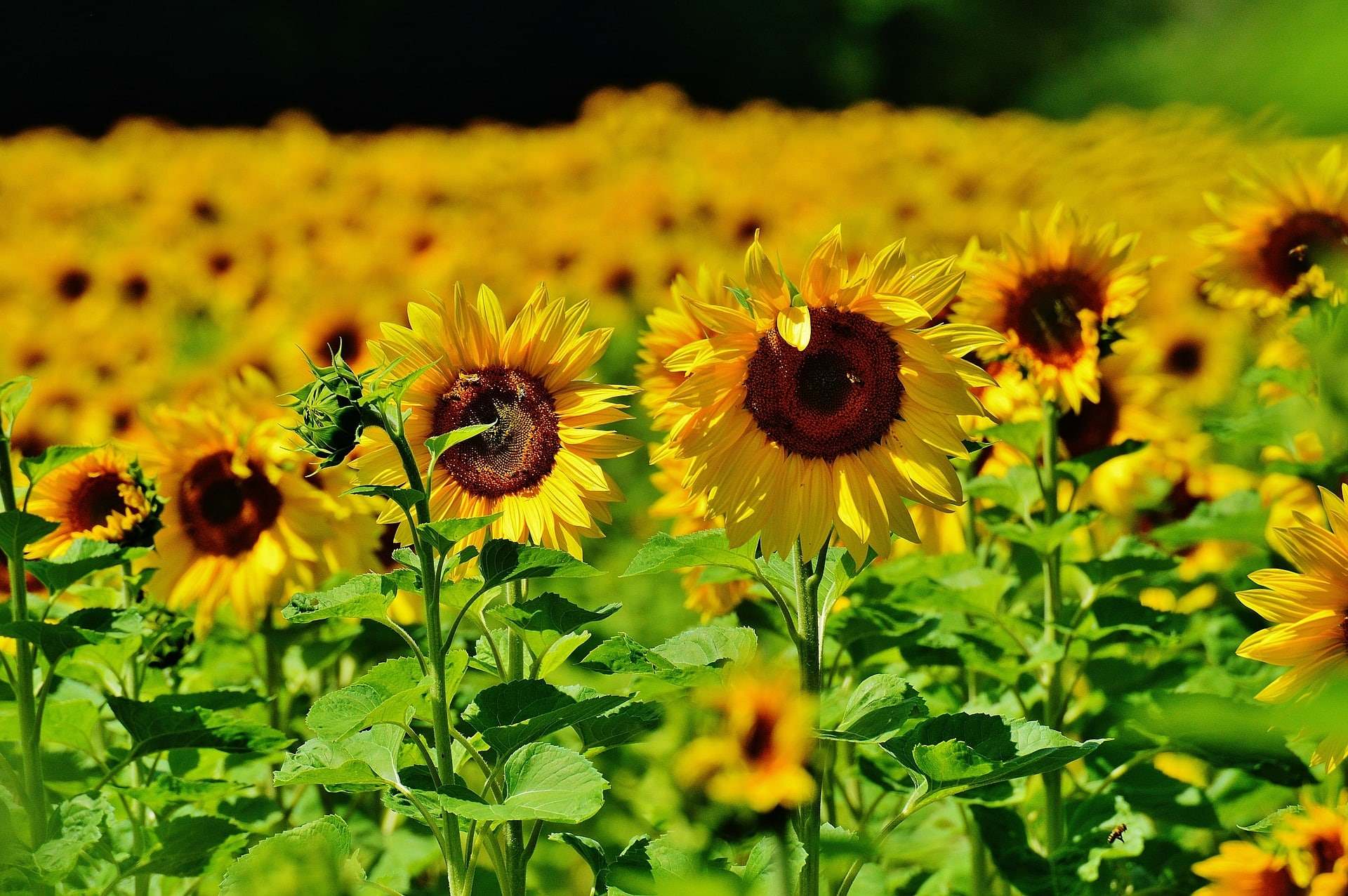
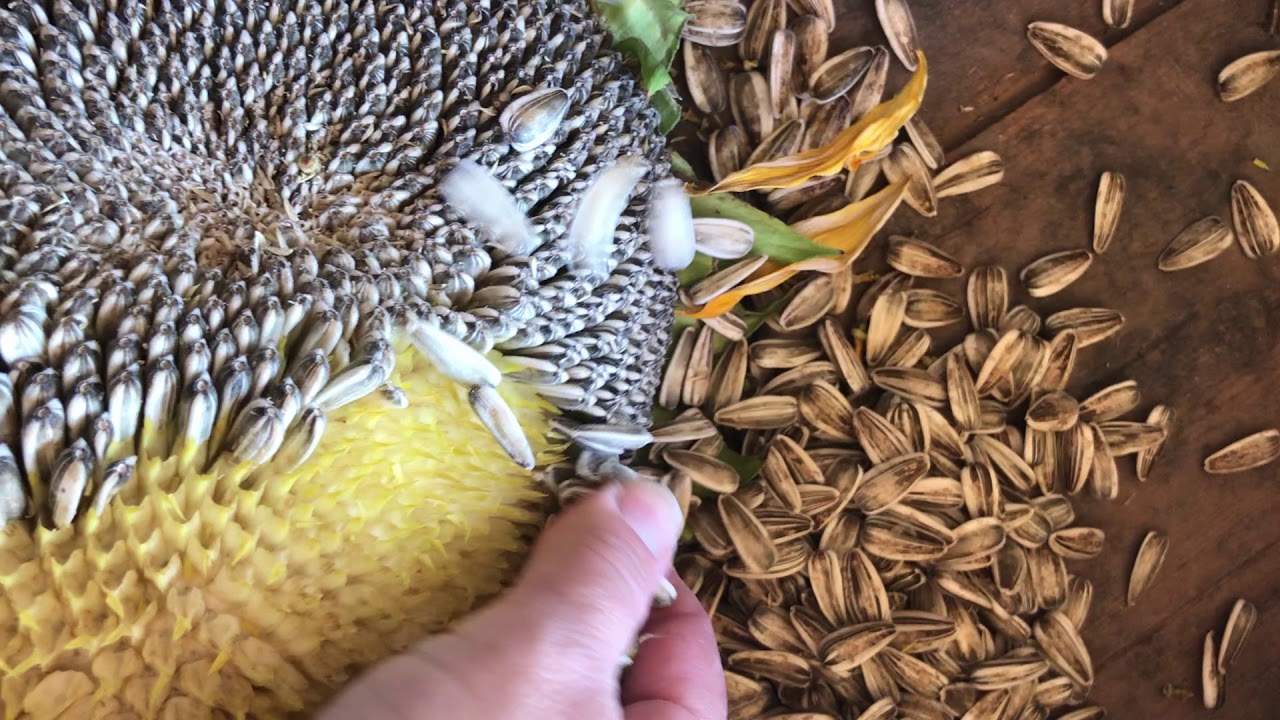
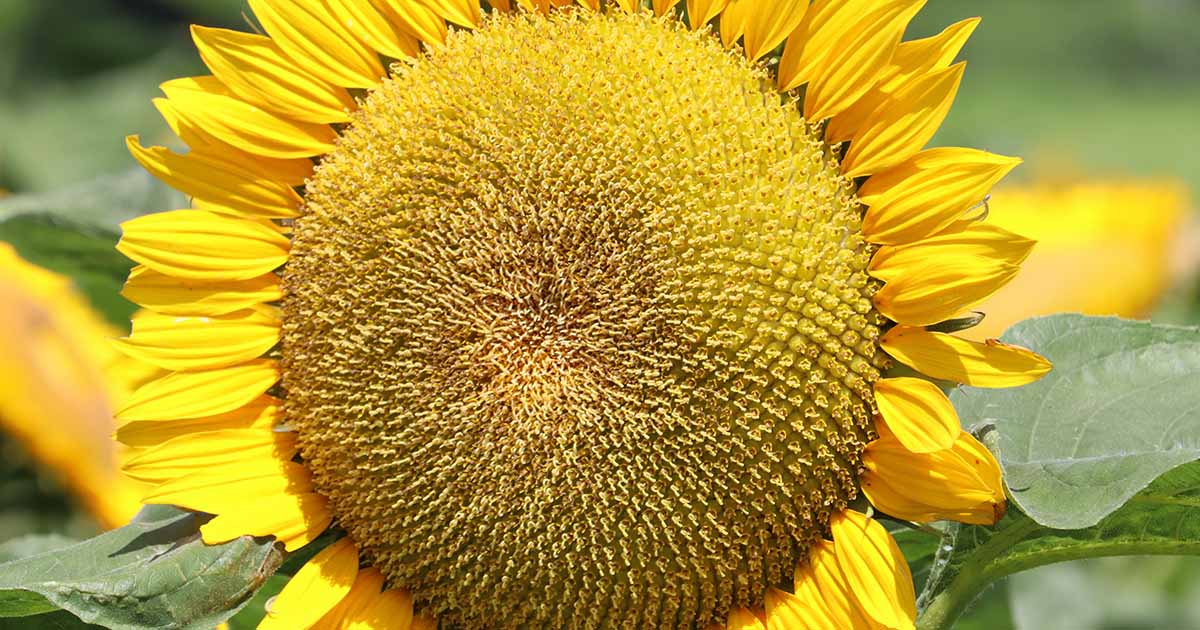
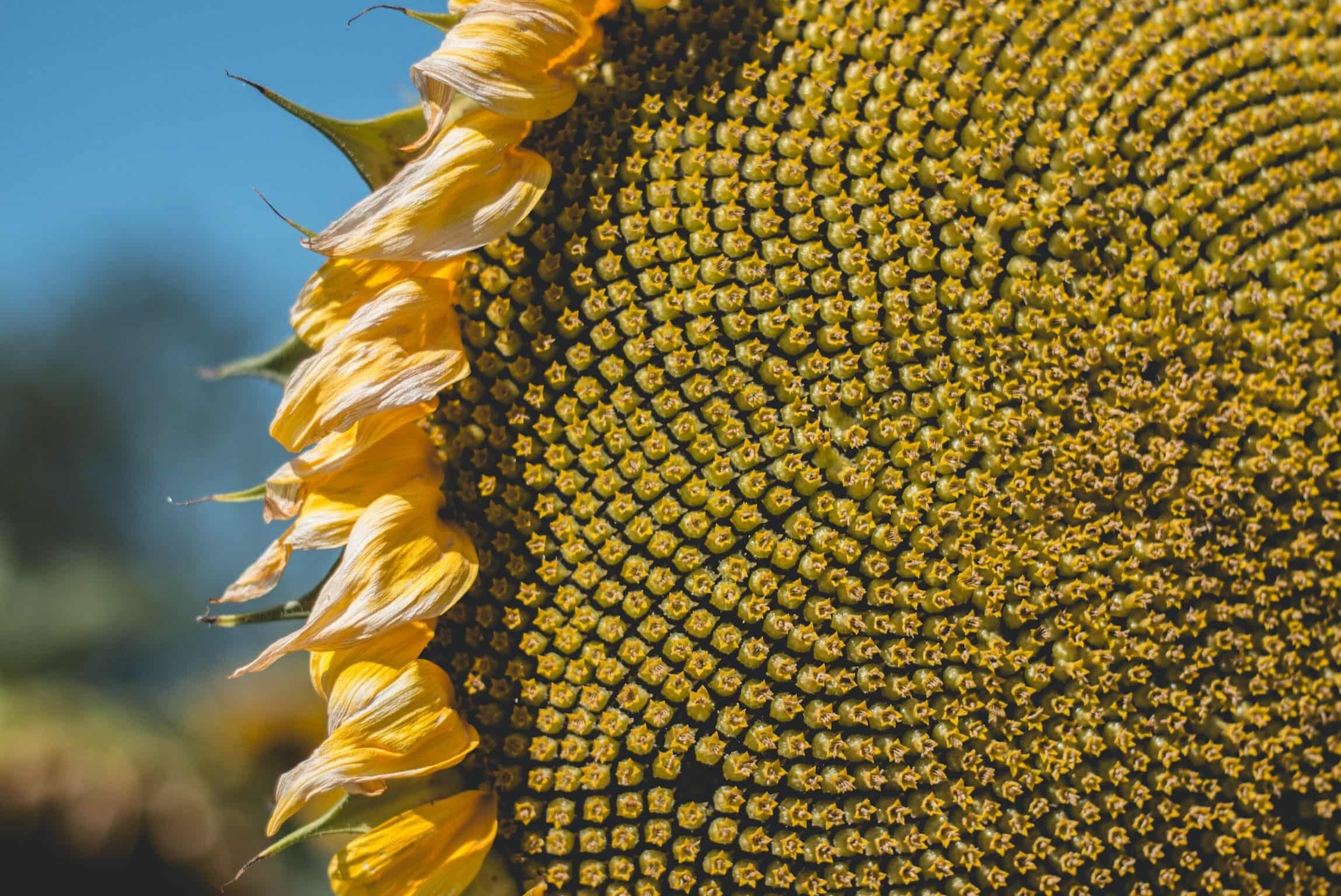
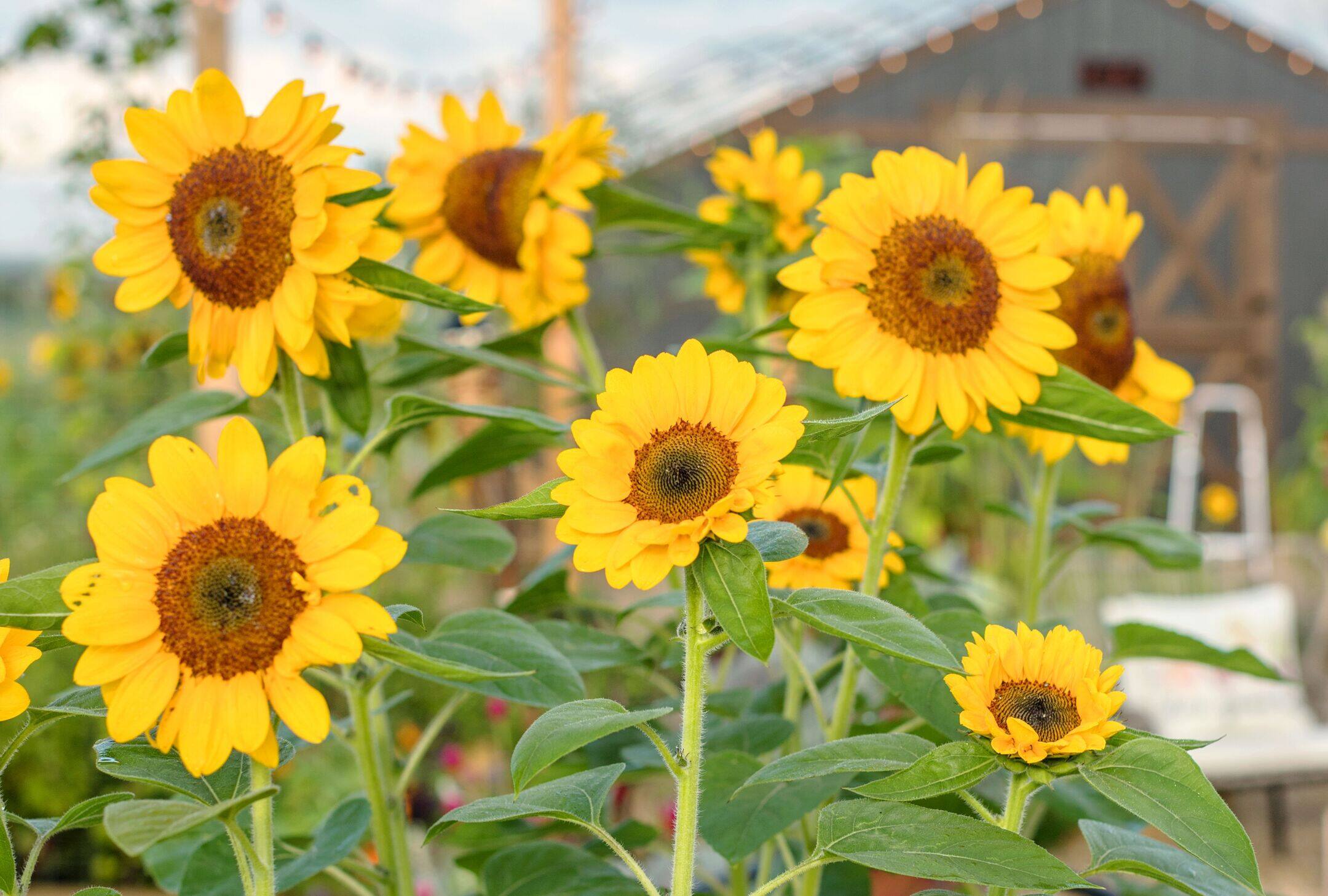
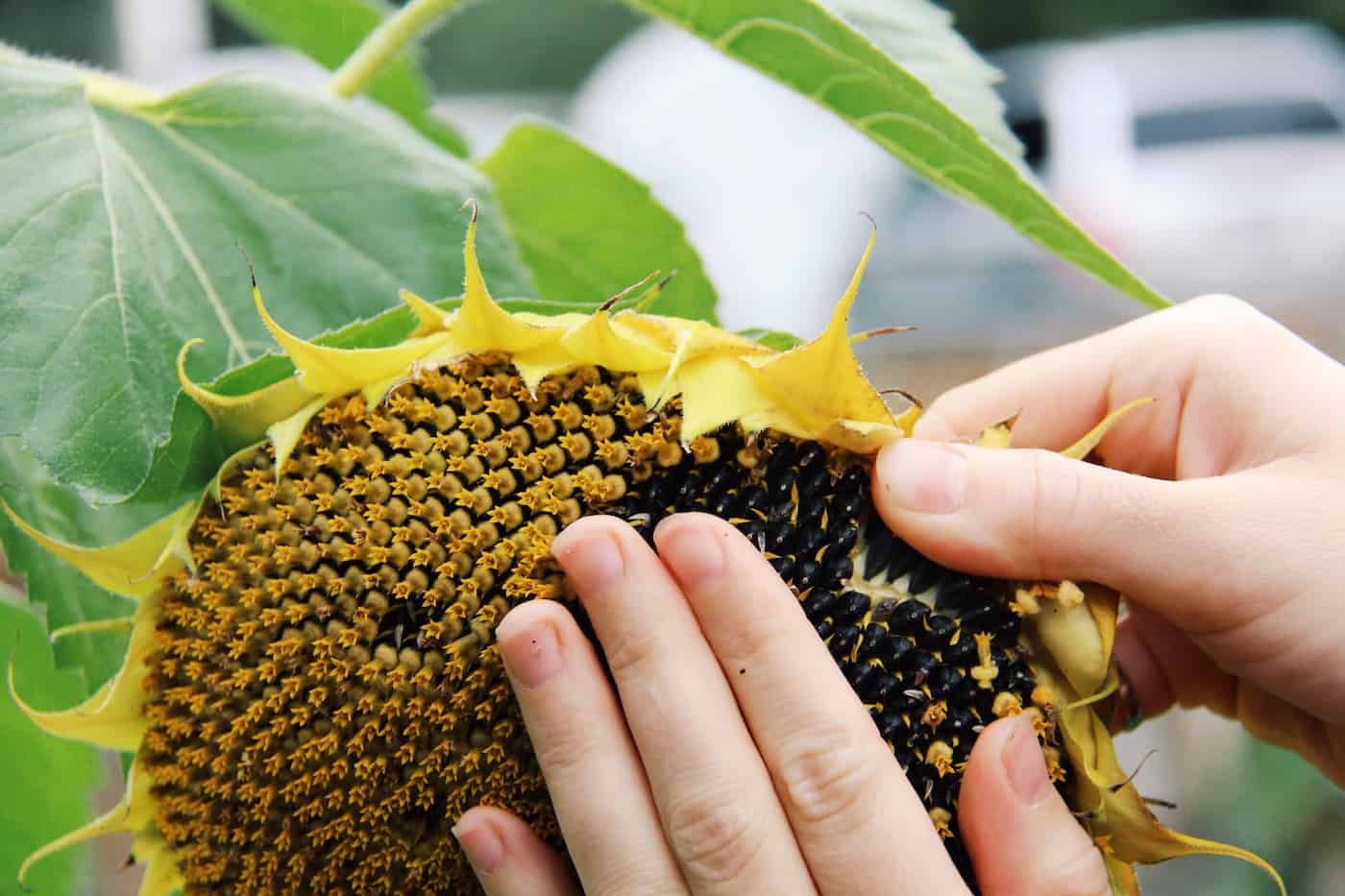
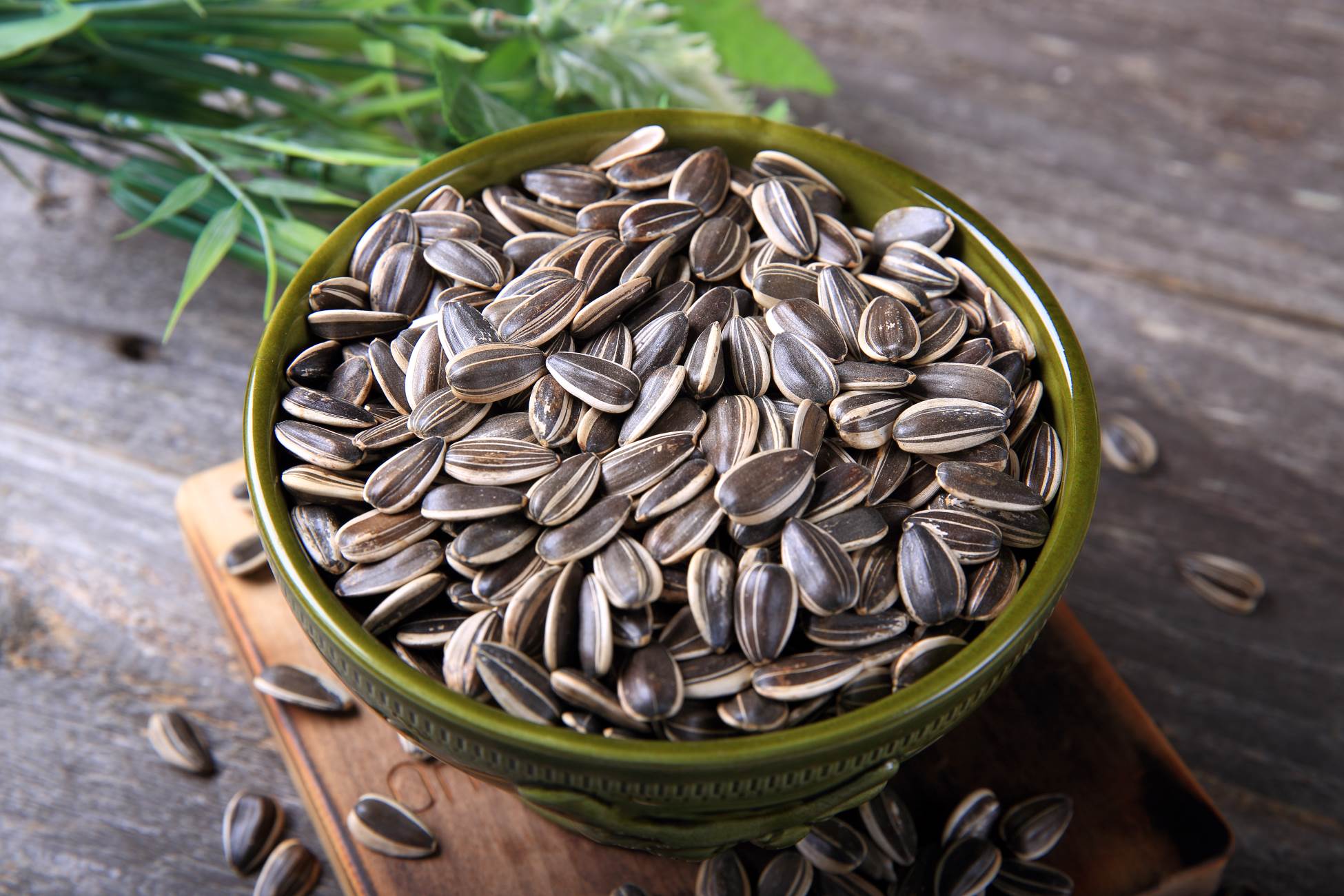
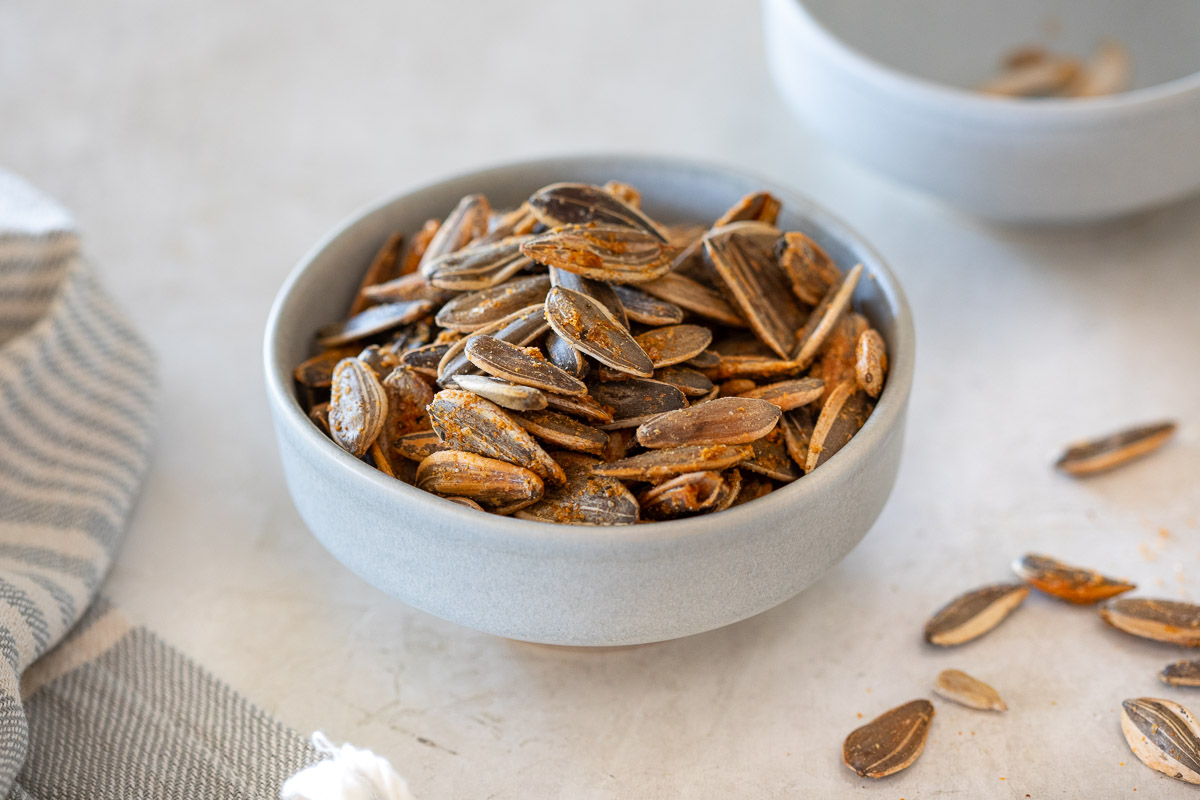
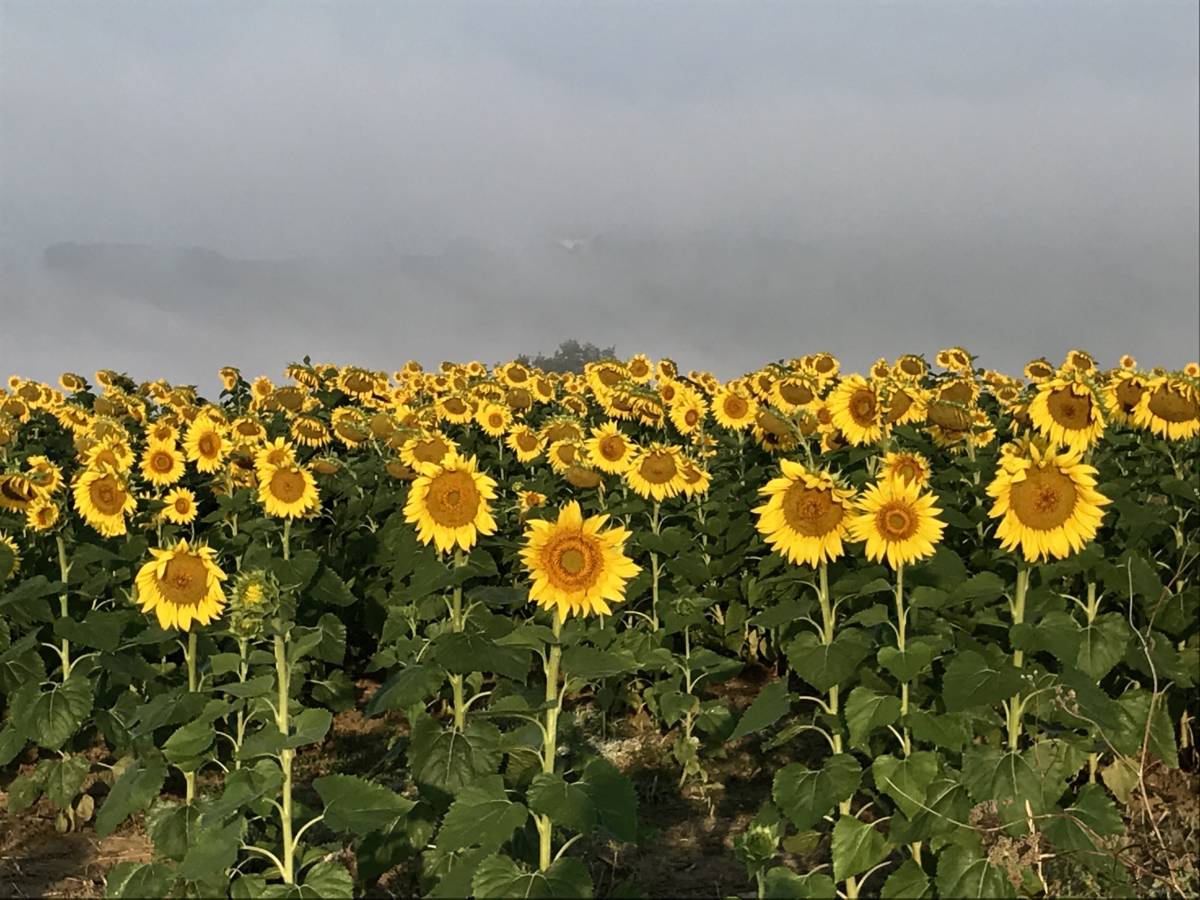
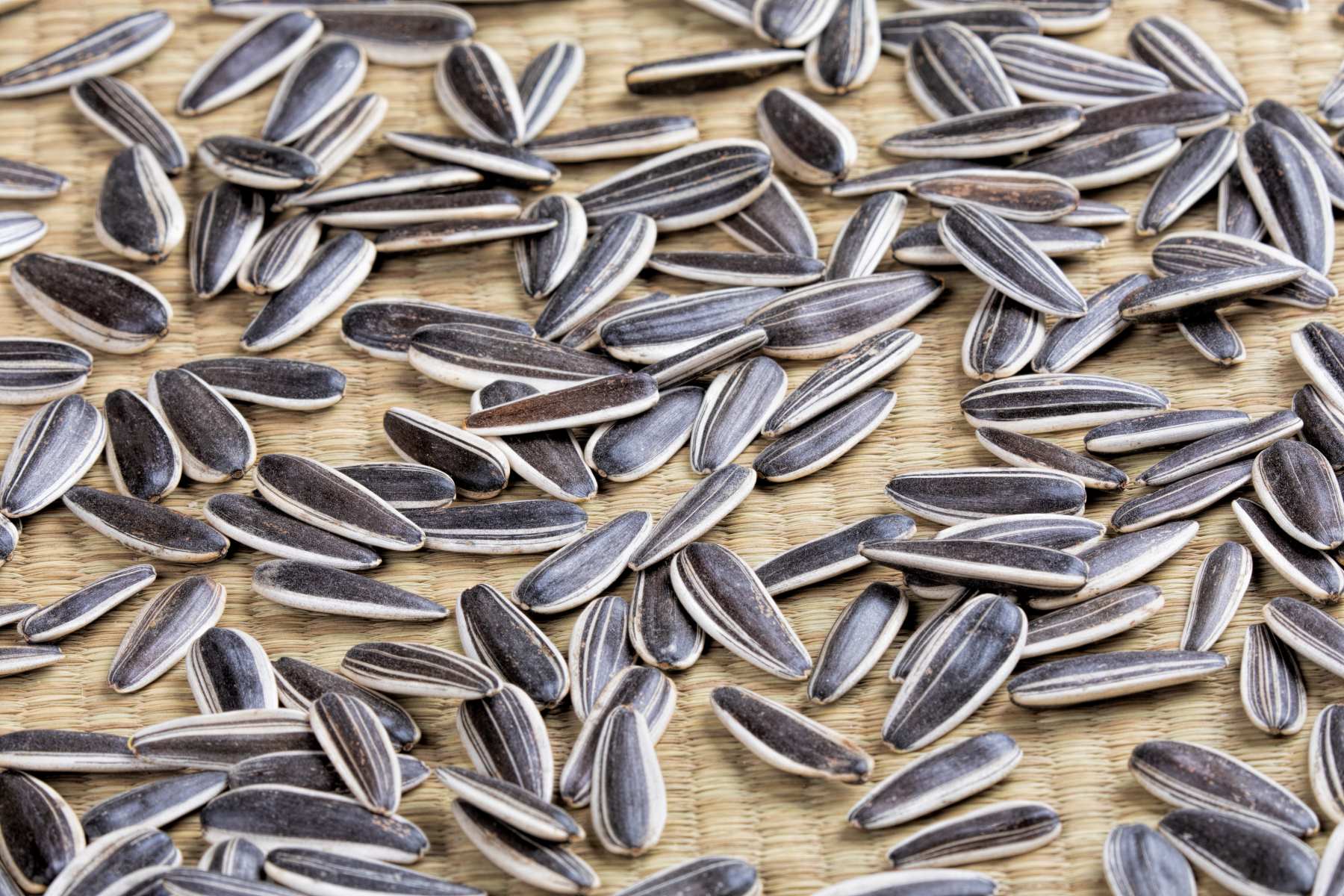
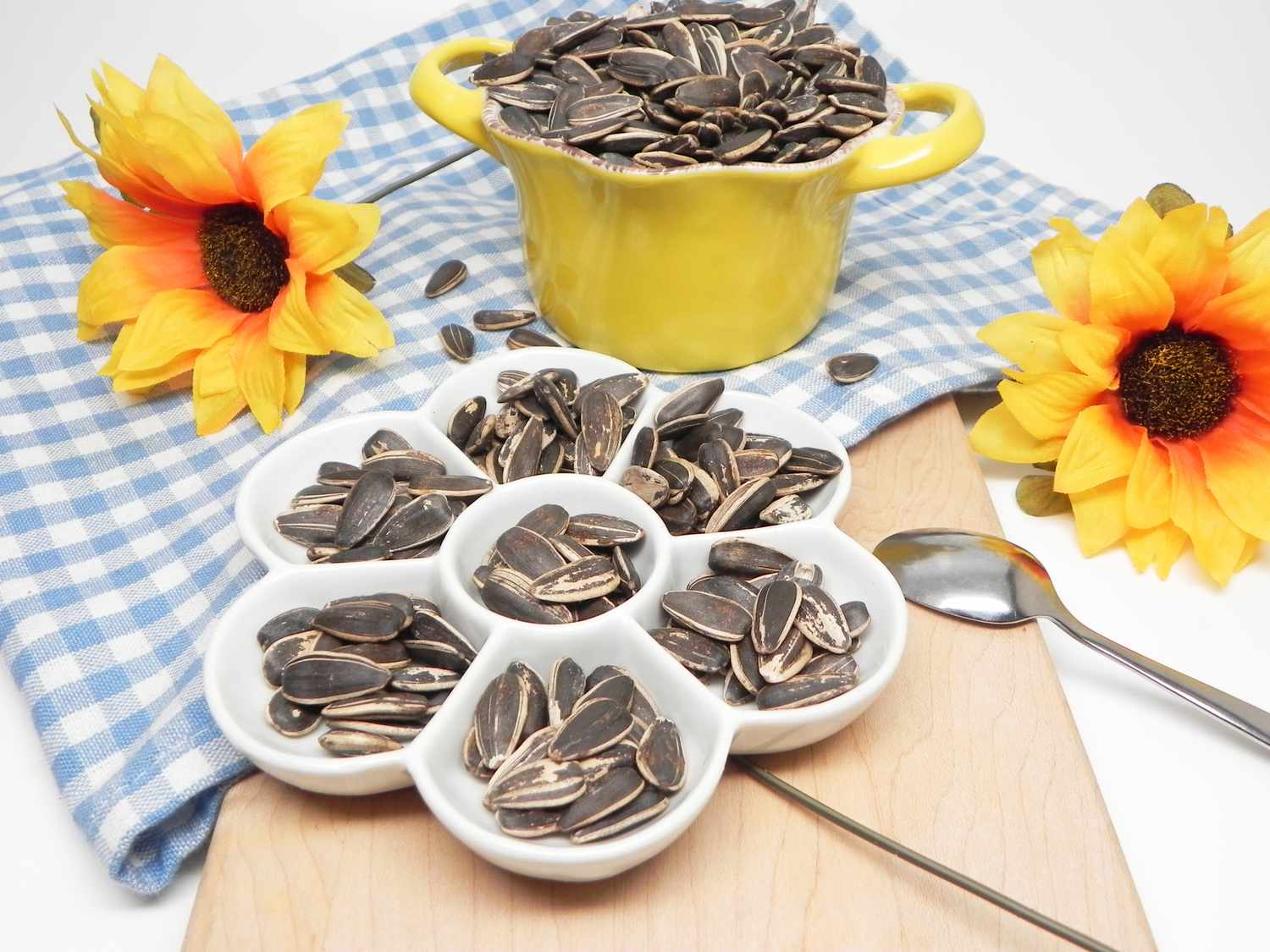
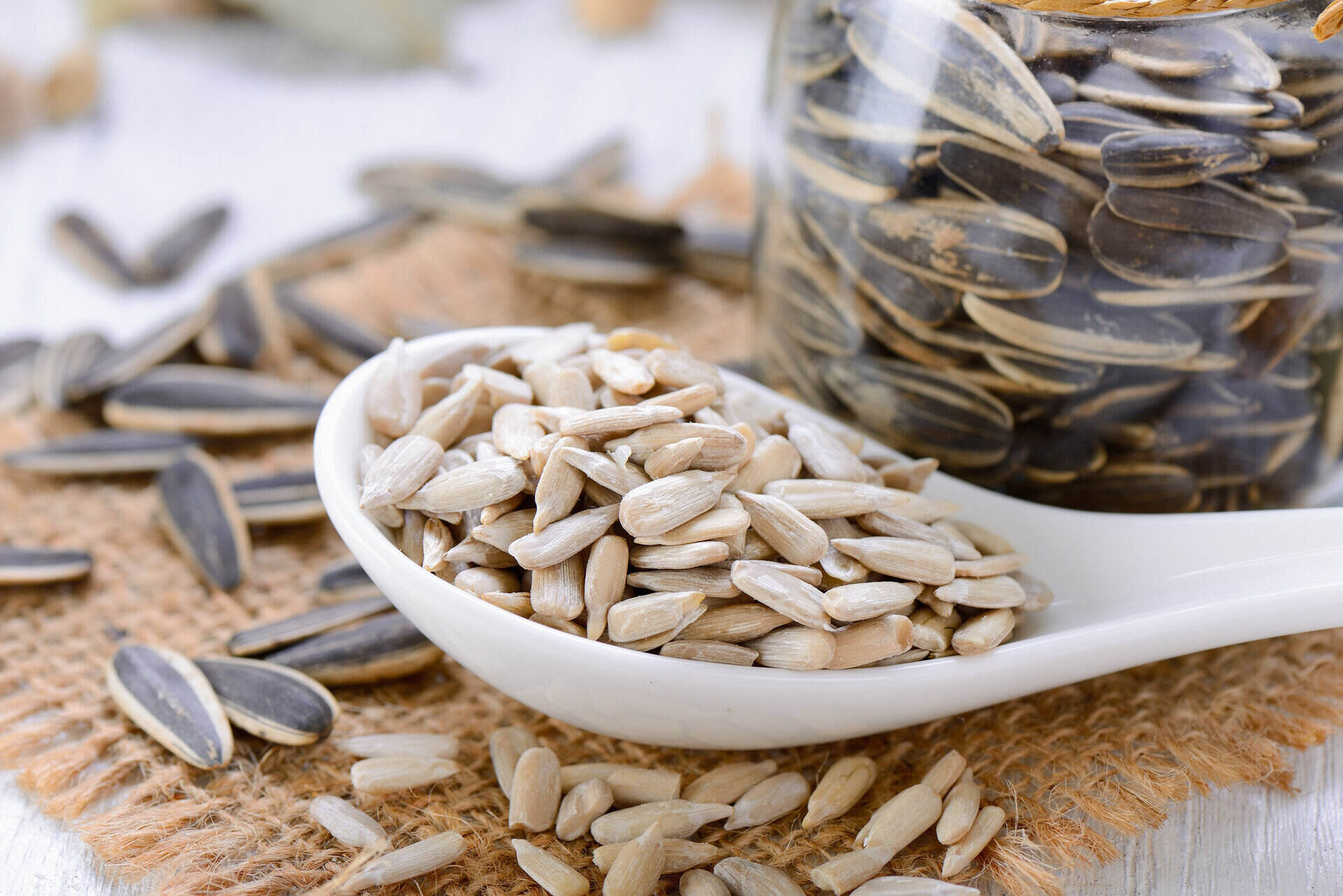
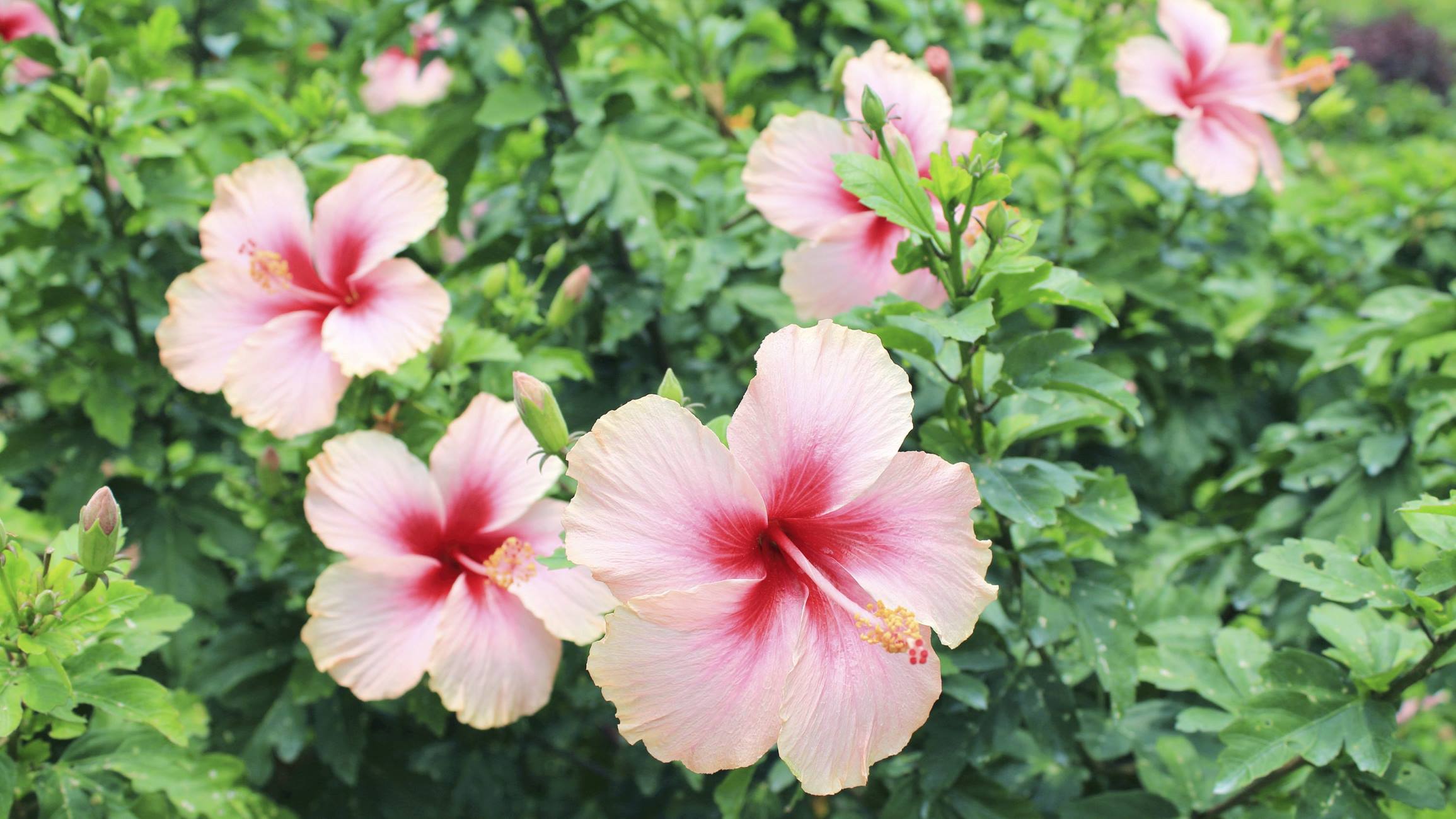
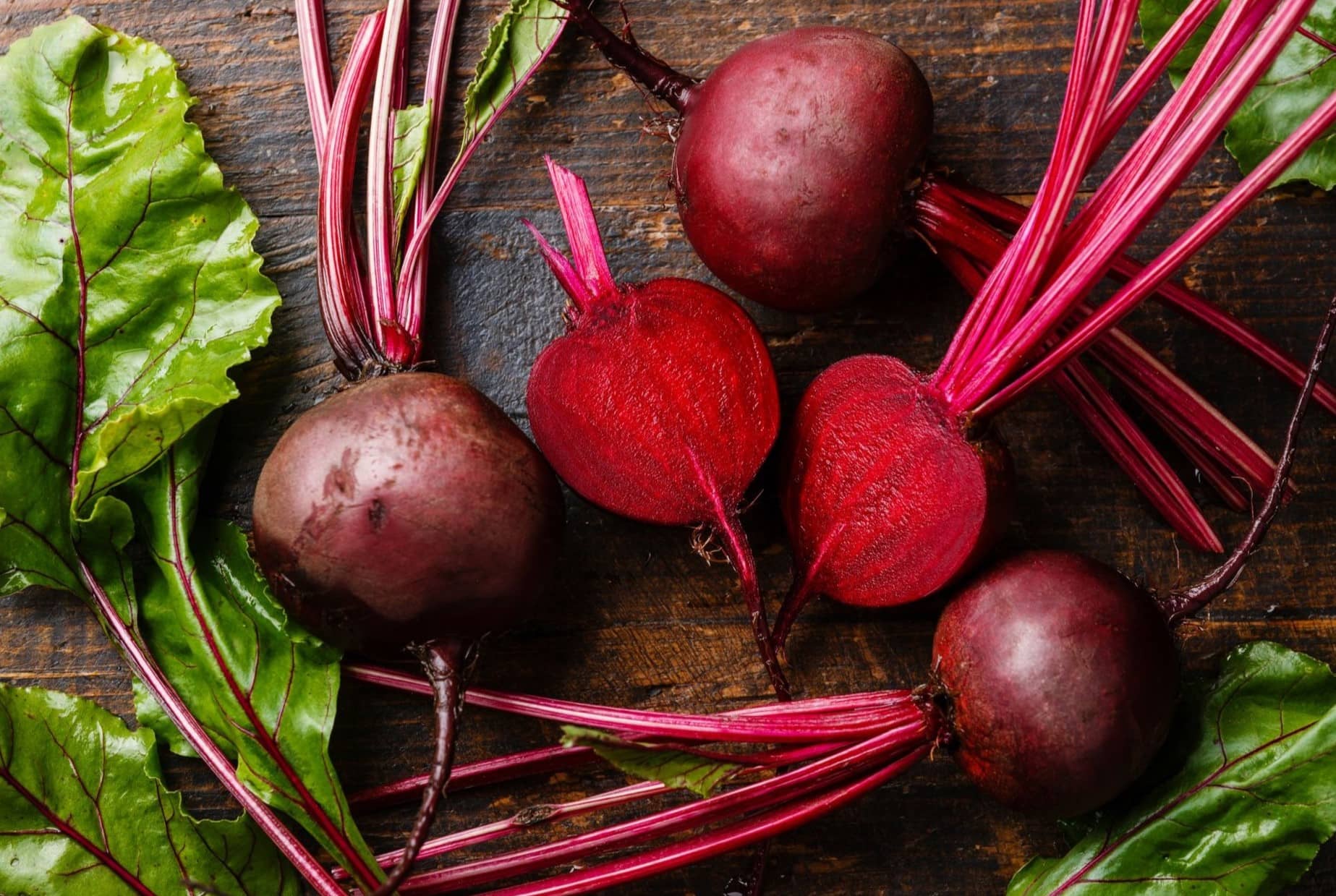

0 thoughts on “How To Get Sunflower Seeds From A Sunflower”